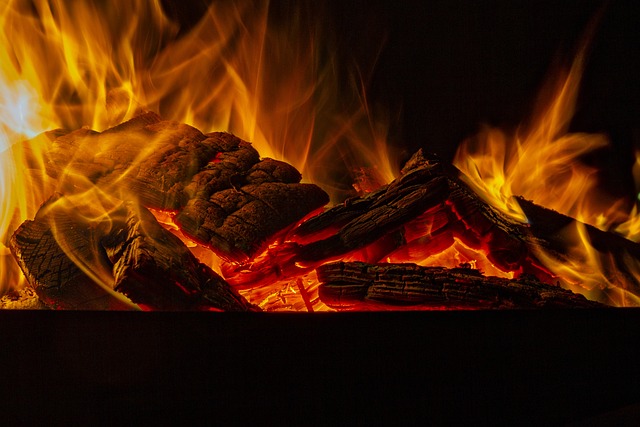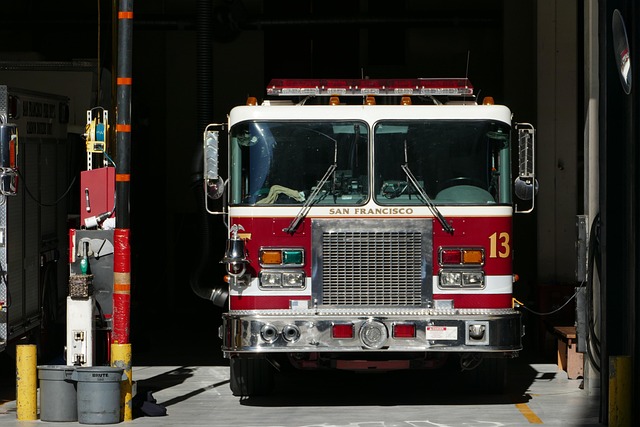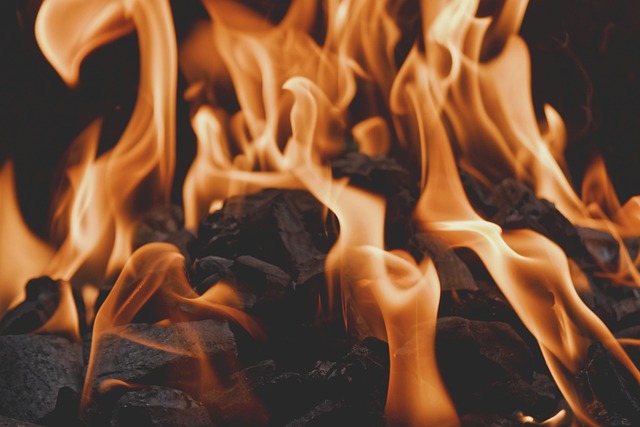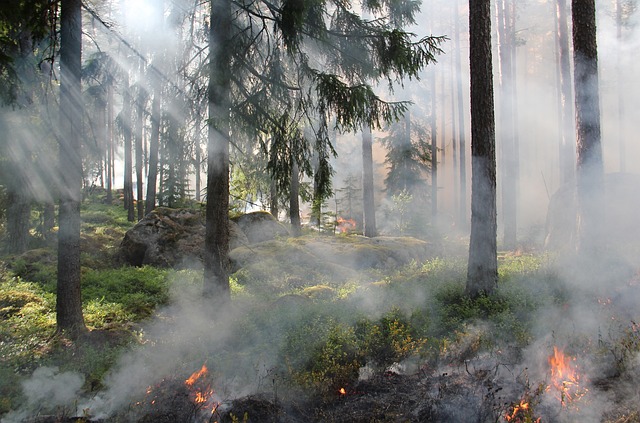Selling a fire-damaged home in California involves adhering to strict property disclosure regulations, which require homeowners to disclose known defects, structural damage, and environmental concerns. This includes providing documentation of repairs, professional inspections, and addressing safety or environmental hazards. Real estate agents play a crucial role in ensuring transparency, setting realistic buyer expectations, and facilitating fair negotiations. Omitting essential details can have legal consequences, so sellers should prioritize accurate disclosures, adhere to guidelines, and consult legal professionals to protect against disputes when selling a fire-damaged property in California. Meticulous preparation, thorough documentation, and engaging experienced real estate professionals are key steps to ensure a smooth transaction.
Selling a fire-damaged home in California involves adhering to strict property disclosure requirements. This comprehensive guide explores the intricacies of these regulations, offering valuable insights for both sellers and real estate agents. We delve into what constitutes fire damage, the legal obligations of disclosure, and potential consequences of non-compliance. Additionally, we provide practical steps for preparing and documenting fire-damaged properties, addressing common exclusions, and ensuring a smooth selling process in the Golden State.
- Understanding Property Disclosure Requirements in California
- What Constitutes Fire Damage for Legal Purposes?
- The Role of Real Estate Agents and Sellers in Disclosure
- Legal Implications of Non-Disclosure: A California Perspective
- Steps to Prepare and Document Fire Damaged Properties
- Common Exclusions and How to Address Them
Understanding Property Disclosure Requirements in California

Selling a fire-damaged home in California comes with specific property disclosure requirements that homeowners must adhere to. These regulations are in place to ensure transparency and protect buyers, especially when dealing with potential hazards like structural damage or environmental concerns caused by fires. In California, sellers are legally obligated to disclose any known defects or issues that could impact a property’s habitability or value.
When it comes to fire damage, homeowners must reveal the extent of the loss, including details about repairs made and those still needed. This includes providing documentation and estimates for any restoration work. Buyers have the right to know if the property has been inspected by professionals and if there are any outstanding safety concerns or environmental hazards related to the fire. Understanding and fulfilling these disclosure requirements is essential for a smooth sale, ensuring both legal compliance and buyer satisfaction when selling a fire-damaged home in California.
What Constitutes Fire Damage for Legal Purposes?

When it comes to selling a fire-damaged home in California, understanding what constitutes fire damage for legal purposes is crucial. Fire damage extends beyond just charred walls and melted floors; it includes any loss or deterioration of property caused by fire, heat, smoke, or water used to extinguish the blaze. This can range from structural damage to personal belongings, appliances, and even hidden issues like warped floorboards or compromised electrical systems.
For homeowners looking to sell, documenting and disclosing these damages accurately is essential. In California, sellers are legally obligated to disclose any known material defects, including fire damage, to potential buyers. This process involves a thorough inspection of the property to identify affected areas, assess the extent of the damage, and determine the necessary repairs. How to sell a fire damaged home in California requires transparency, as it helps set realistic expectations for buyers and facilitates a smooth sales transaction.
The Role of Real Estate Agents and Sellers in Disclosure

In California, real estate agents play a pivotal role in ensuring transparent property disclosures. When dealing with fire-damaged homes, agents are obligated to convey accurate information about the extent of damage and any potential risks. Sellers must be forthcoming about recent incidents like fires, as these can significantly impact a home’s value and marketability. Real Estate professionals are trained to ask thorough questions and document responses during property inspections, especially noting fire-related issues.
By providing detailed disclosure statements, agents and sellers facilitate informed decision-making for prospective buyers. This process is crucial when considering how to sell a fire-damaged home in California. It helps set realistic expectations, allows for fair negotiations on repairs or price adjustments, and prevents future legal disputes related to undisclosed damage.
Legal Implications of Non-Disclosure: A California Perspective

In California, property disclosure requirements are crucial aspects of real estate transactions, especially when dealing with fire-damaged homes. Sellers must provide accurate and comprehensive information about any known issues or defects on the property to buyers. Failure to disclose such material facts can have significant legal implications. According to California law, misleading or omitting essential details during a sale may lead to legal action by the buyer, including voiding the transaction or seeking substantial damages.
For homeowners looking to sell a fire-damaged property in California, transparency is key. Buyers are entitled to know the extent of any damage and the associated repair costs. How to sell a fire damaged home California involves adhering to these disclosure guidelines. Sellers should consult legal professionals to ensure they fulfill their obligations, protecting themselves from potential disputes that could arise from non-disclosure.
Steps to Prepare and Document Fire Damaged Properties

When it comes to selling a fire-damaged home in California, proper preparation and documentation are key to ensuring a smooth transaction. The first step is to assess the extent of the damage caused by the fire. This involves a thorough inspection of the property, noting the affected areas, and documenting any structural damage or water damage from firefighting efforts. Engage the services of qualified professionals who can provide detailed reports on the condition of the home.
Next, conduct a meticulous cleanup and repair process. Remove all visible signs of smoke and fire damage, ensuring the property is safe for occupation. Document each step of the restoration process with before-and-after photographs and receipts for repairs and materials used. This documentation will be crucial when communicating the property’s history to potential buyers. Additionally, consider working with a real estate professional experienced in handling such situations to guide you through the specific disclosure requirements in California when selling a fire-damaged home.
Common Exclusions and How to Address Them

When selling a fire-damaged home in California, understanding property disclosure requirements is crucial. Many potential buyers are wary of purchasing homes with a history of fire damage, so it’s essential to disclose these issues upfront. Common exclusions often include details about the extent of the fire, its cause, and the steps taken for remediation after the event.
To address these exclusions effectively, sellers should consult with real estate professionals and legal experts. They can help prepare a detailed disclosure statement that accurately describes the damage, the remediation efforts undertaken, and any ongoing issues. Providing transparent and comprehensive information builds trust with potential buyers and increases the chances of a successful sale. Additionally, ensuring all repairs are documented and up to code is vital in meeting California’s property disclosure standards for fire-damaged properties.
Selling a fire-damaged home in California requires navigating strict property disclosure requirements. Understanding what constitutes fire damage, the legal obligations of sellers and agents, and the potential consequences of non-disclosure is crucial for a smooth transaction. By following the steps outlined in this guide, including preparing and documenting fire-damaged properties and addressing common exclusions, you can confidently navigate the process of selling a fire-damaged home in California.






